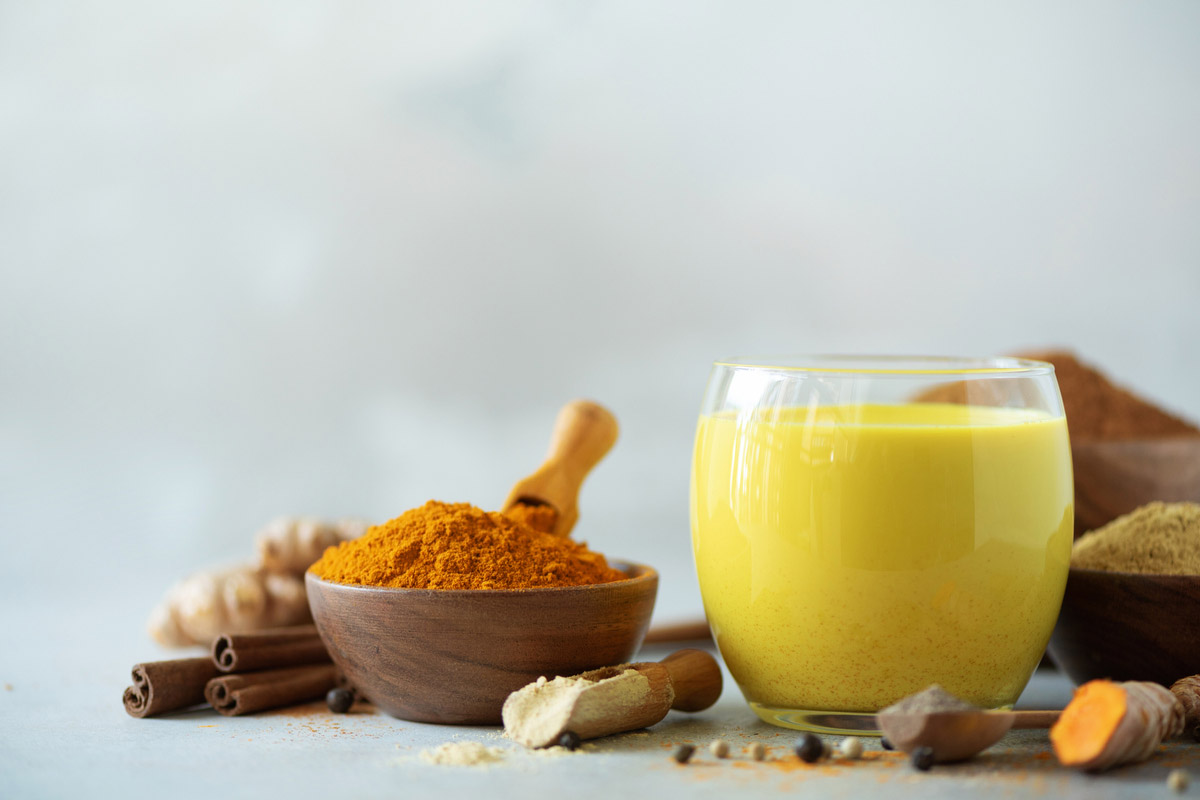Many Indians are remembering grandmothers’ recipes and digging up Ayurvedic prescriptions in a bid to boost their immunity. Some state governments these days are administering herbal decoctions to families in containment zones.
The Himachal Pradesh government has started marketing a haldi drink. In other locations, tulsi and ashwagandha are being distributed for free and the demand for turmeric and saffron has shot up as immunity boosters. This is an apt moment to recall the kind of dietary patterns that Indians had as recently as one hundred and fifty years ago.
The Indian diet was full of micronutrients that gave them immunity against many diseases. One should not forget that India was the only country in the world where people were told how to organize their life that would last a hundred years — in episodes of 25 years each. Better immunity, as any doctor will tell you, is a good barrier against an early death.
From an eighth century C.E. collection of stories, we get a description of how a wife pounded one prastha of paddy in a mortar made out of the kakubha tree (Arjun tree) which was spacious but not too deep or too shallow with a big pestle of khadira wood (black catechu) having an iron plated end. She sold the paddy husks to a jeweller who needed these to clean jewellery and in return for the money, she was able to buy fuelwood and vessels to cook a meal for her husband.
Prastha, a common weight measure, was an old name for the seer. Since Indians used volume measures rather than weight, one prastha of grain could be anything from 900g to one kilo. An ancient Indian stone weight found at the Mathura excavations weighs 897g. One quarter of the seer was what we call the pav, roughly 233g.
It seems incredible that a man might eat a kilo of rice (raw) in the day but this is what is suggested in descriptions in Sanskrit texts and inscriptions since the 4th century B.C.E. onwards. The Arthashastra tells us that one meal of an Arya requires one prastha of rice, pure and unsplit, one-fourth prastha of súpa (curry), and clarified butter or oil equal to onefourth part of súpa. An adult male who cooked and ate about 1 kg of rice in the day would get roughly 70g of protein from rice and the adult female who might have eaten 860g daily, would get about 60 g of protein from rice. This was about double the dose of protein from dal. Brown, handpounded rice offers at least 30 per cent more protein than white rice does.
We have estimated in our recent book the diet of an eighteenth-century Bengali weaver-peasant family. Our estimation is for a family of six consisting of adult husband and wife, two teenage children and two toddlers. Assuming that the family cultivated five bighas of land (which would be considered poor in those times), home-grown paddy might meet about half their cereal needs.
For food standards, we must remember that our ancestors worked more and ate more. We are already familiar with the hard work involved in ploughing the land, harvesting the crop and winnowing the grain. What we need to remember is that even sitting in a palki or bullock cart and travelling 20 km a day consumes more energy than someone who is travelling in a rickety bus of present times. The young Mughal sultan Akbar, on ascending the throne of Hindustan, rode on horseback continuously for seven days all the way from Agra to Ahmedabad to confront a mutinous governor. That translates to travelling an incredible 117 kilometres each day for seven days. The simple point is that they needed far more energy than us. So, we add 50 per cent to the dietary intake recommended by the Indian Council of Medical Research. The resulting diet comes out to be similar to what Dr Francis BuchananHamilton, an English observer from the nineteenth century, records. Except that Indians in those days consumed roughly 15 per cent more dal than rice. Indians also preferred a far saltier diet. The visiting English regularly complained about the Indian taste for excess salt. On the basis of this information we have estimated the food intake of a family of six from three hundred years ago in Bengal.
On any given day, this family of six would use 3.75 kilos of raw rice, half a kilo of pulses, 125g of salt, one and a quarter pav of mustard oil and 3-4 tablespoons of ghee. On some days, the diet might be supplemented by one pav of fish in which case the quantity of dal would be reduced. Home-grown vegetables, milk and jaggery would be addons. For this kind of diet pattern, this family in the period before the Battle of Plassey, would spend about Rs 23 on food in the year. Twenty-three rupees in those days was good enough to buy about 1.43 tolas of gold. In today’s terms, 1.43 tolas of gold means that a family of six would spend Rs 71,500 in a year on their food needs or Rs 6,000 every month.
This is 30 per cent higher than the monthly household consumption expenditure on food in rural areas (Rs 4536) and 12 per cent lower than the monthly consumption expenditure on food in urban areas (Rs 6726) as captured in the NSSO all-India survey of 2011-12. Such continuity in socio-economic patterns over a span as long as three hundred years says a lot about base level economic activity and incomes in India.
The writers are, respectively, Member Secretary, National Commission for Women (her views are personal) and a Professor of History at Panjab University Chandigarh.












